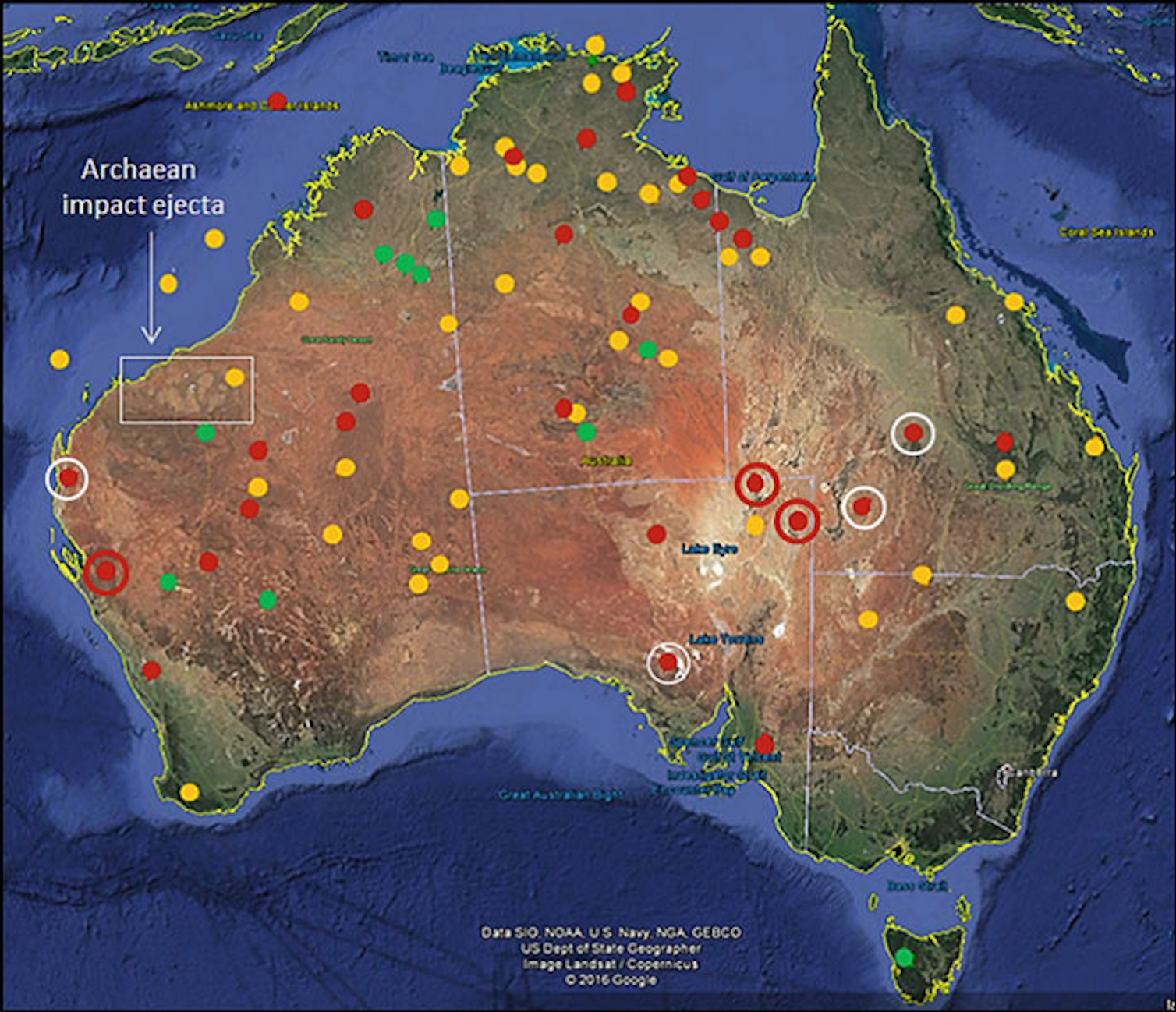Ancient news stories
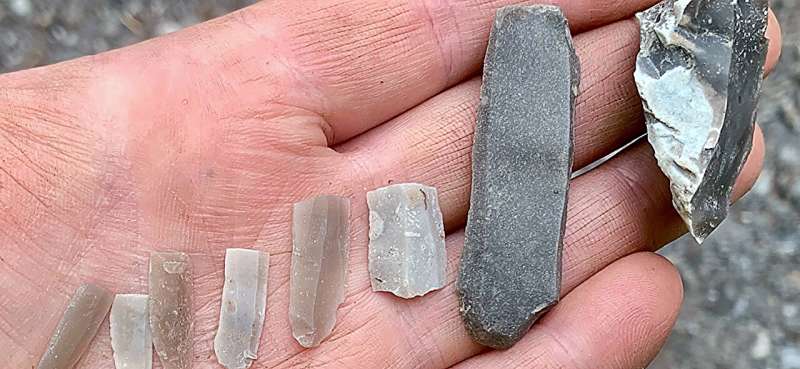
When archaeologists recently carried out an excavation at Vinjeøra in southern Trøndelag County, they made a surprising discovery that they had only dreamed of finding.
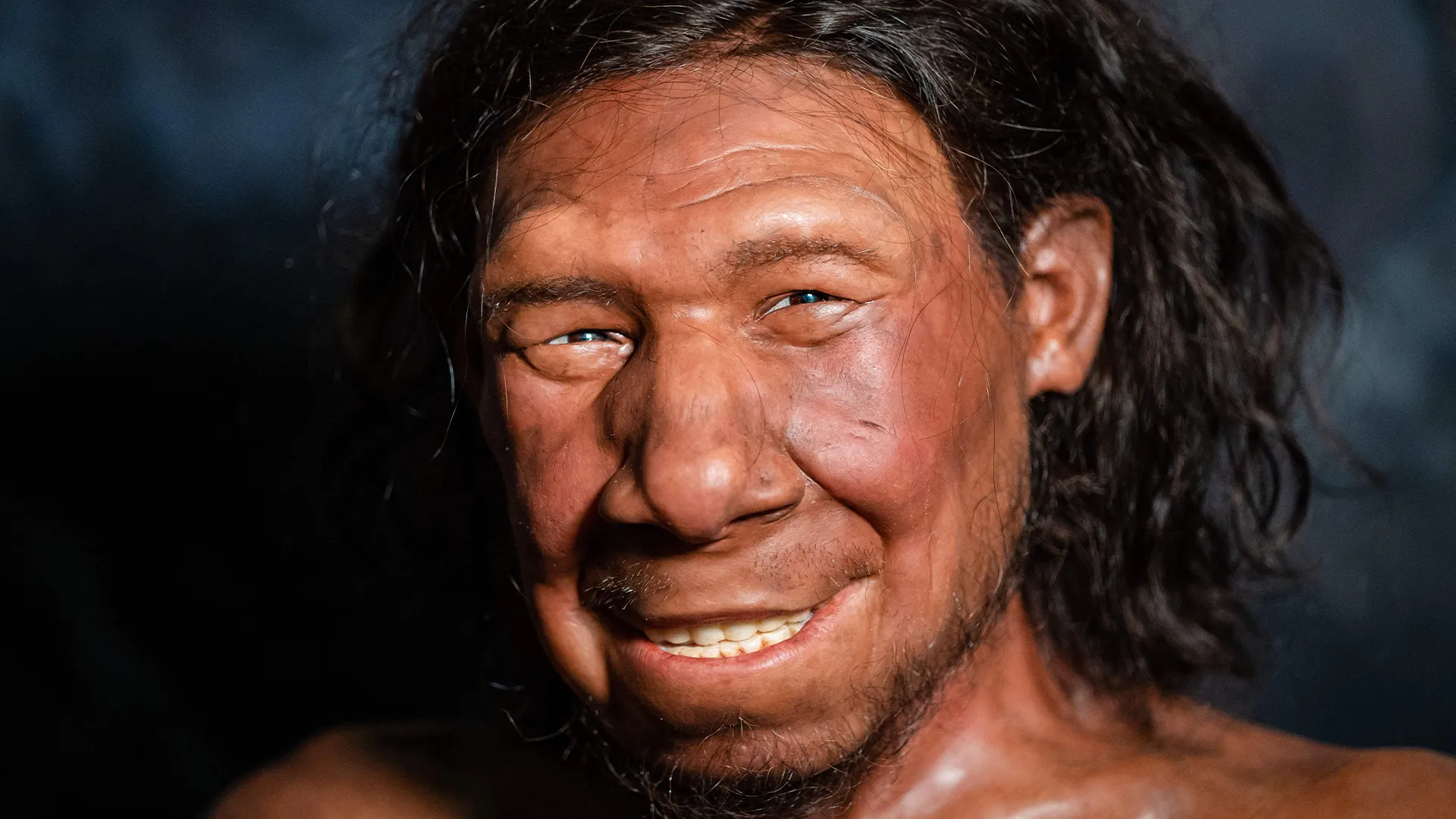
Studies suggest that H. sapiens last shared a common ancestor with Neanderthals somewhere between 600,000 and 800,000 years ago, though the exact date of the split is debated. Neanderthals arose as a distinct population between 400,000 and 350,000 years ago and went extinct around 40,000 years ago, though exactly why isn’t clear.
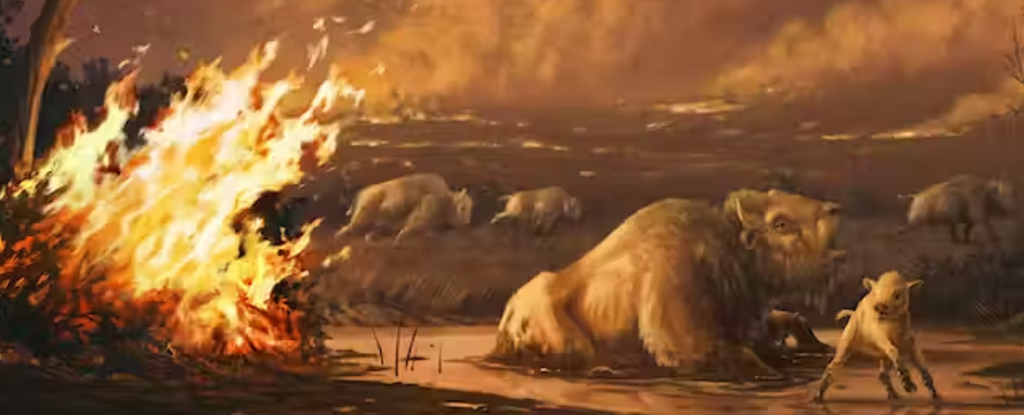
In a new study, published in August 2023, we sought to understand changes that were happening in California during the last major extinction event at the end of the Pleistocene, a time period known as the Ice Age.
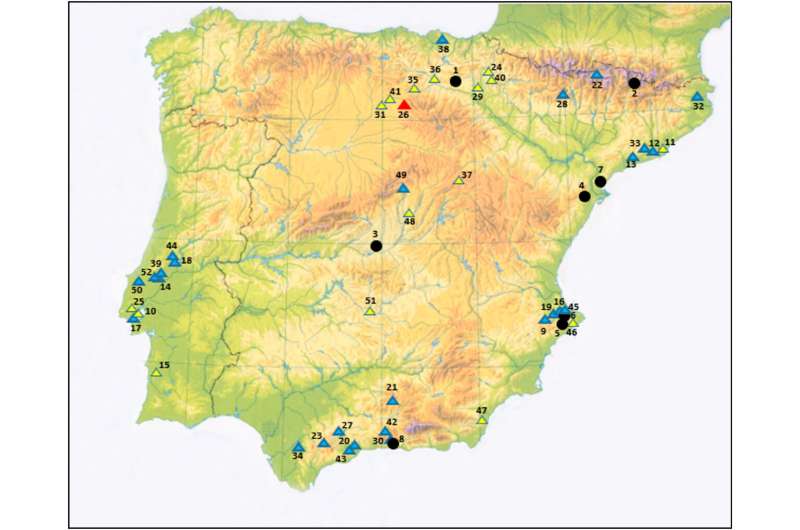
Research led by the Universidad de Alcala, Spain, has revisited Early Neolithic human remains found within the Galería del Sílex cave in Spain’s Sierra de Atapuerca cave system. See the paper here.
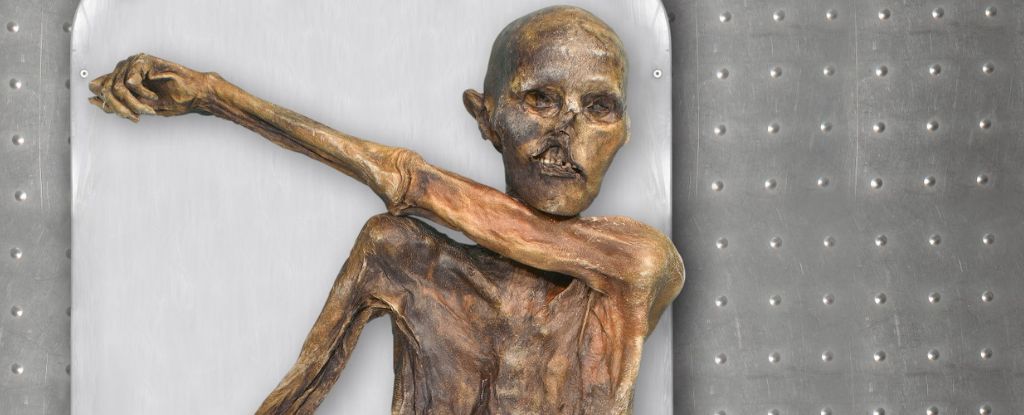
A new and improved DNA analysis of the famous ‘Iceman’ mummy suggests this ancient individual is not who we thought he was. The study was published in Cell Genomics.
A team of Australian and Indonesian researchers have found that reflective shell beads, sewn onto clothing and other items, was a common trend across the islands of Alor, Timor, and Kisar. This means there were shared ornament traditions across the region 12,000 years ago. See the research here.
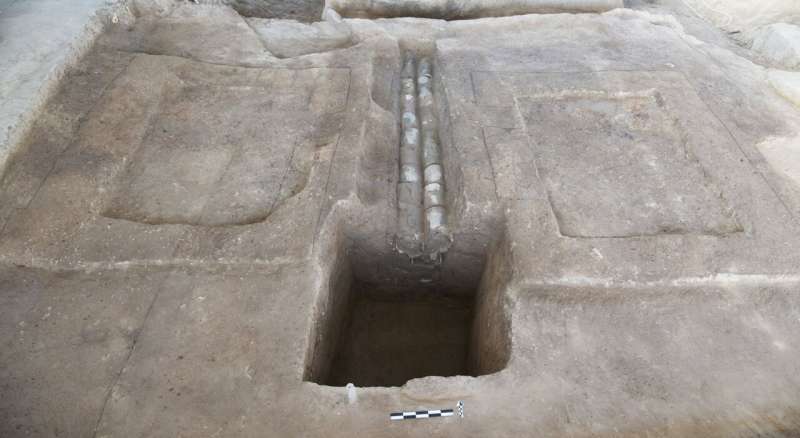
In a study published in Nature Water, the archaeological team describe a network of ceramic water pipes and drainage ditches at the Chinese walled site of Pingliangtai dating back 4,000 years to a time known as the Longshan period.
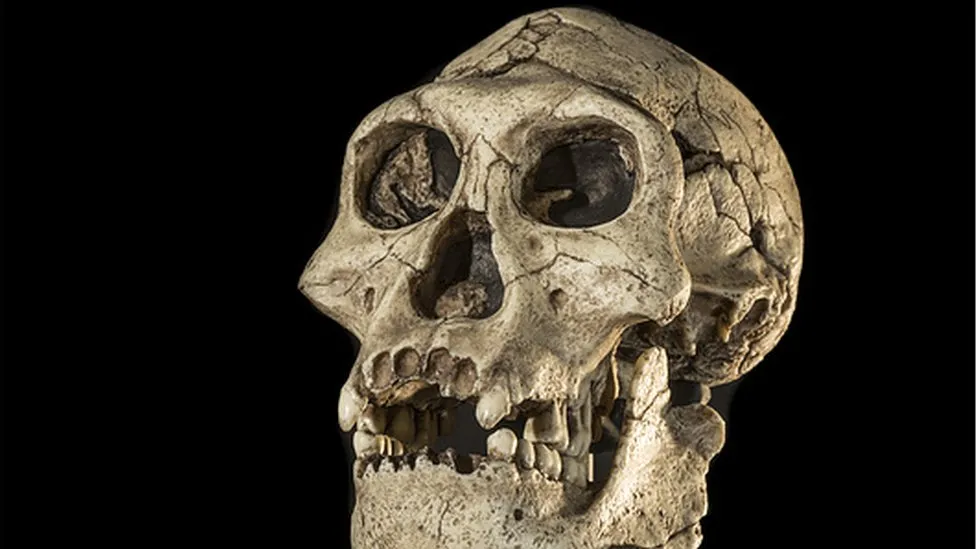
A big freeze previously unknown to science drove early humans from Europe for 200,000 years, but they adapted and returned, new research shows.
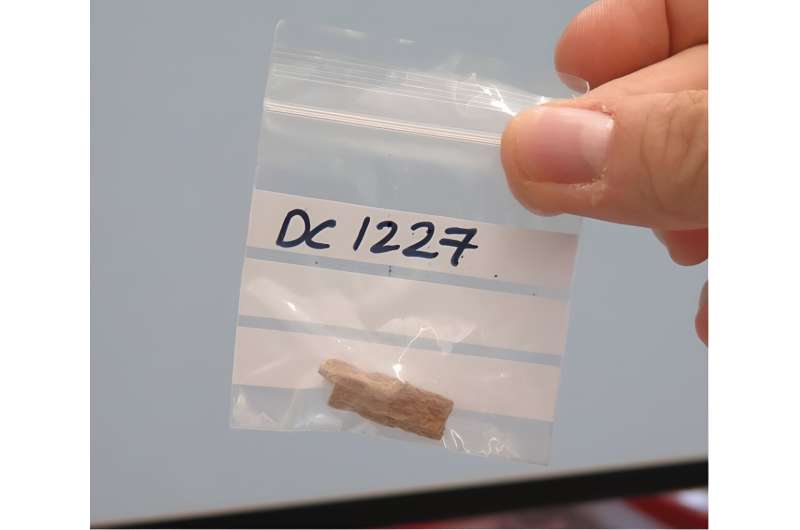
A new study published in the journal Science by an international team finds that past changes in atmospheric CO2 and corresponding shifts in climate and vegetation played a key role in determining when and where early human species interbred.
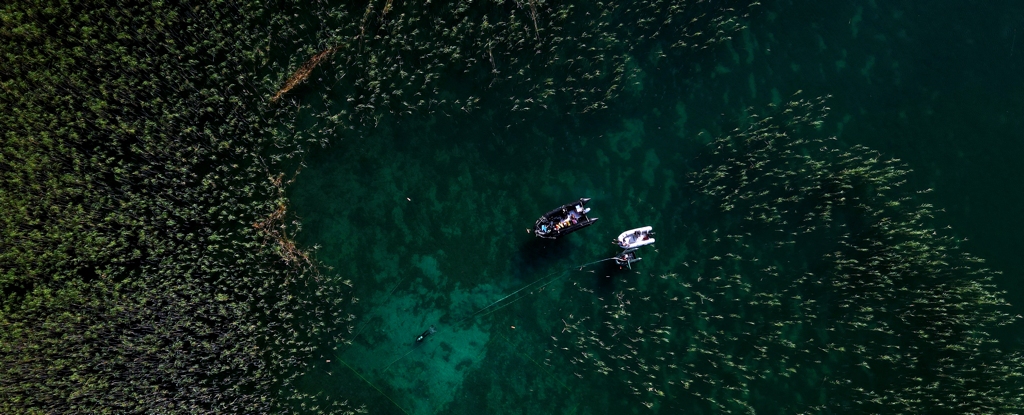
A stretch of the Albanian shore of the lake once hosted a settlement of stilt houses some 8,000 years ago, archaeologists believe, making it the oldest lakeside village in Europe discovered to date.
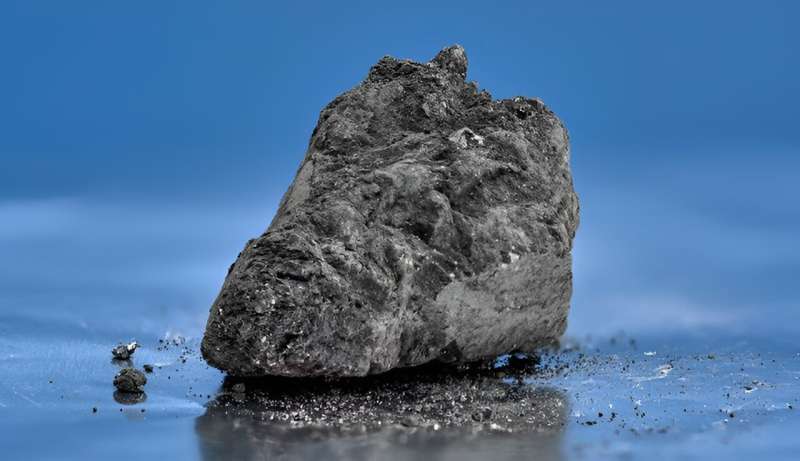
In a new paper published in Meteoritics & Planetary Science, researchers take a closer look at the minerals contained within the meteorite, its bulk elemental composition and water content.
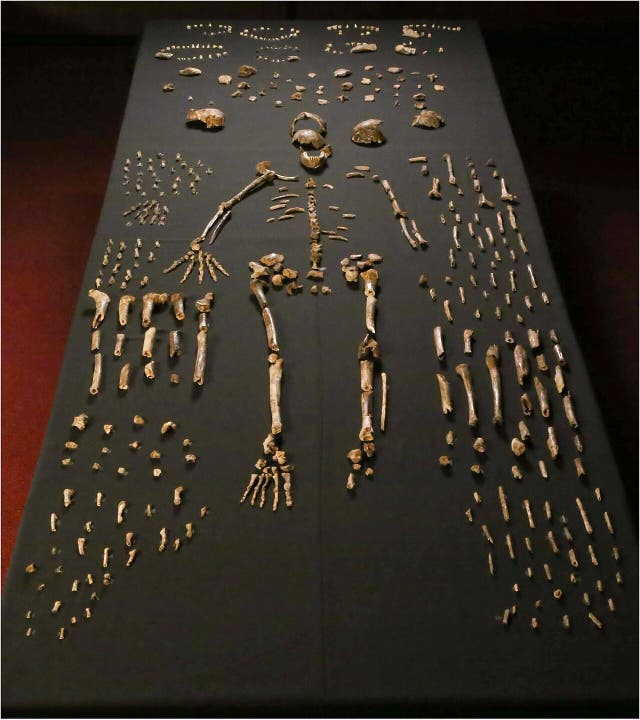
Did an extinct ‘small-brained ape-man’ species develop a sophisticated culture millennia before we did?
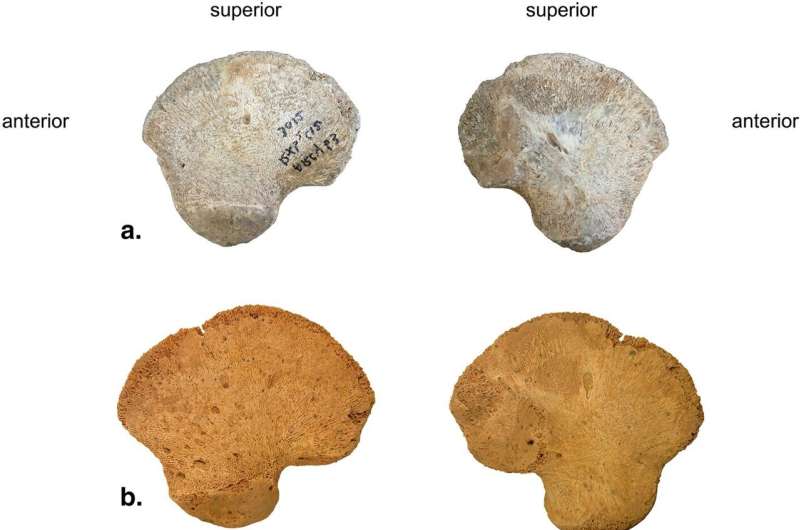
A bone found in a cave by an international team of anthropologists in France may represent a previously unknown lineage of Homo sapiens. The study is published in the journal Scientific Reports.
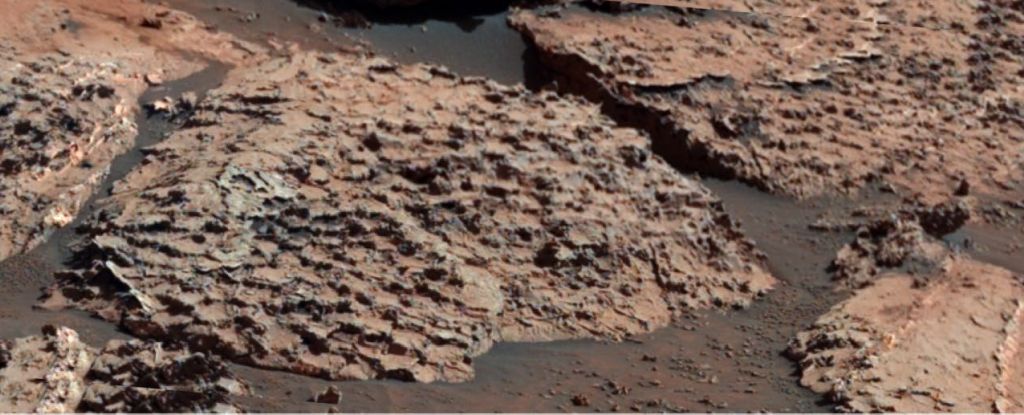
Mars may be a dry and barren wasteland now, but new evidence has emerged that this wasn’t always the way – and, moreover, that climate conditions changed, perhaps seasonally, in a way that may have been conducive to the emergence of life. See research here.
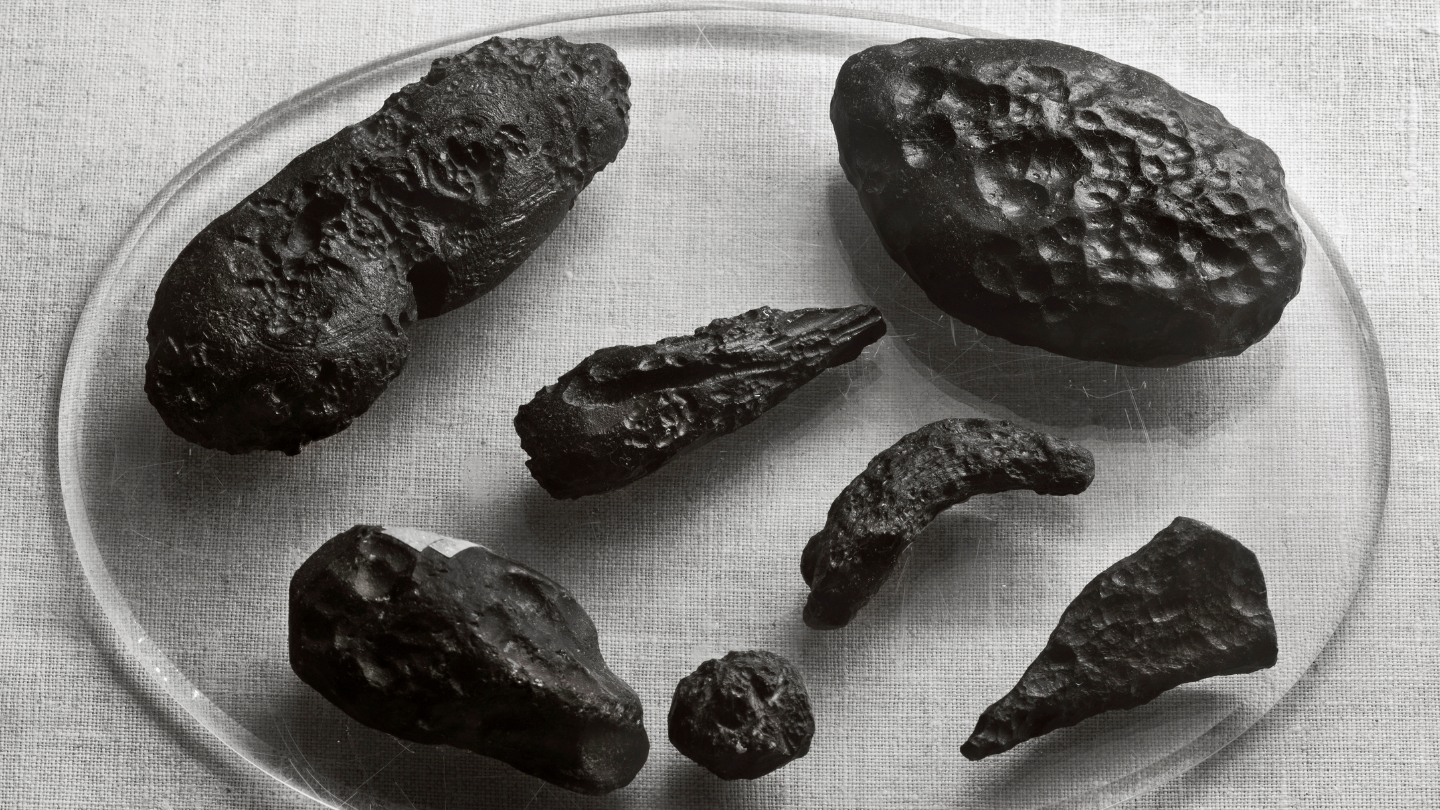
In 1994, tektites and concentric fault lines in southern Virginia revealed an 85-kilometer-wide impact crater under Chesapeake Bay. Science News reported that “a structure this size would rank as the largest crater in the United States” and would be among the largest on Earth





